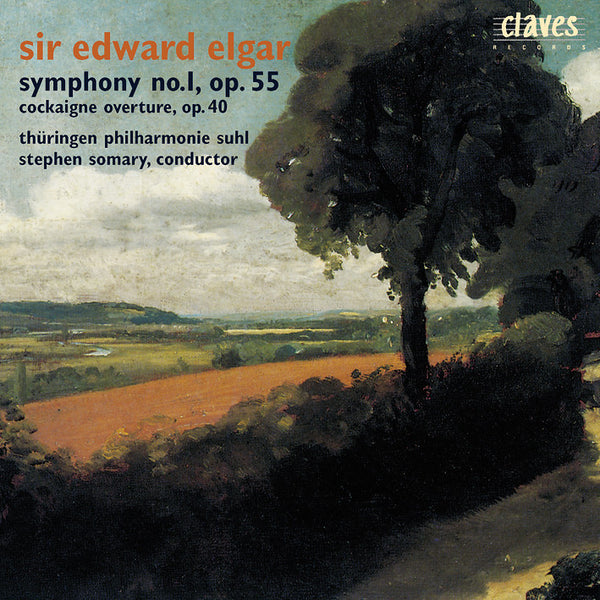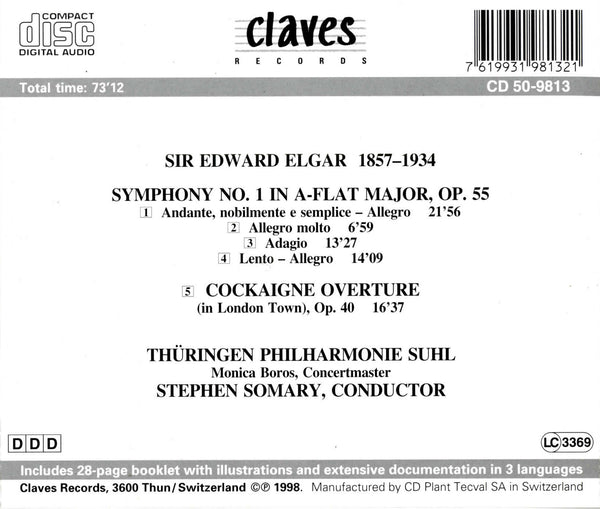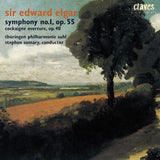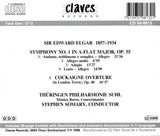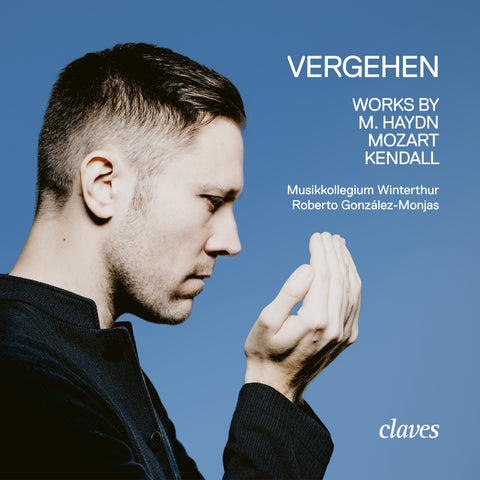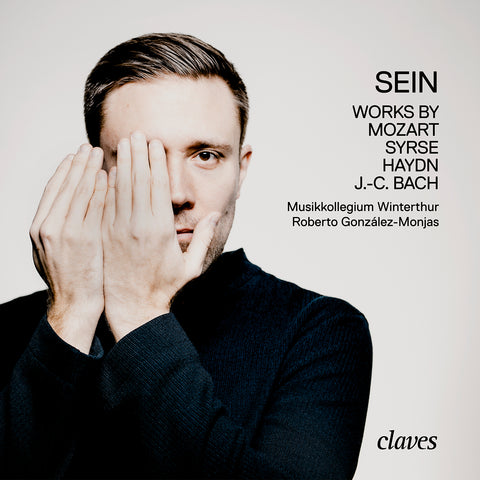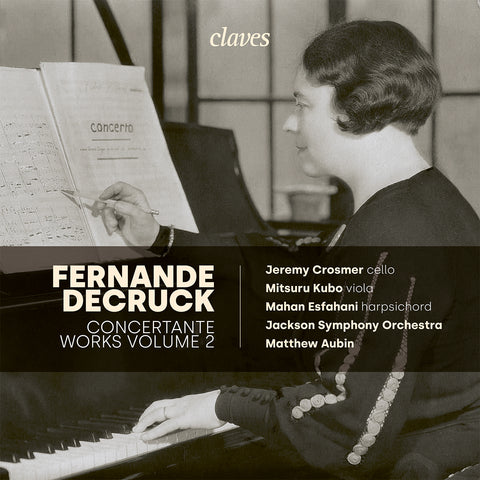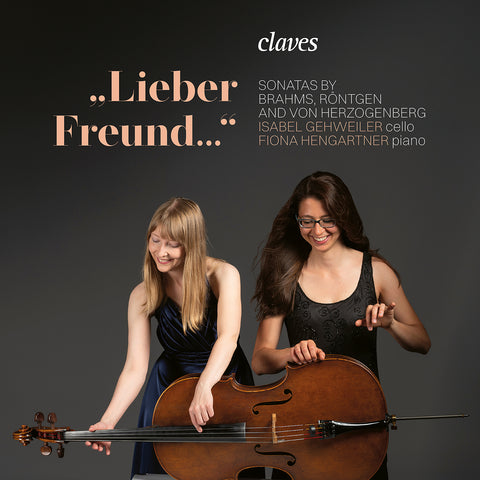(1998) Sir Edward Elgar: Symphony No. 1, Op. 55 / Cockaigne Overture, Op. 40
CD set: 1
Catalog N°:
CD 9813
EAN/UPC: 7619931981321
This album is now on repressing. Pre-order it at a special price now.
CHF 18.50
This album is no longer available on CD.
This album has not been released yet. Pre-order it from now.
CHF 18.50
This album is no longer available on CD.
CHF 18.50
VAT included for Switzerland & UE
Free shipping
This album is no longer available on CD.
VAT included for Switzerland & UE
Free shipping
This album is now on repressing. Pre-order it at a special price now.
CHF 18.50
This album is no longer available on CD.
This album has not been released yet.
Pre-order it at a special price now.
CHF 18.50
This album is no longer available on CD.
CHF 18.50
This album is no longer available on CD.
SIR EDWARD ELGAR: SYMPHONY NO. 1, OP. 55 / COCKAIGNE OVERTURE, OP. 40
Although he first earned widespread fame through his cantatas and oratorios, the goal of Elgar’s artistic life was symphonic composition. He once stated that «the Symphony without a programme is the highest development of art». In fact, Elgar’s career may be understood as a pilgrimage toward the achievement of this most traditionally respected form of musical expression.
Cockaigne, Op. 40, is a concert overture that anticipates four-movement symphonic expression. It was actually completed as an alternative to a symphonic project which did not mature. Cockaigne is descriptive, but not in too literal a sense; nor is there anything approaching a programme.
The overture is full of an inner feeling for the great city and makes its impact through the memorability and interplay of its themes, through its own sound-world and through the composer’s genius in creating a musical organism from so much tingling, human and varied city life with which we can readily identify.
Elgar’s first symphony in A-flat major, completed in 1908, quickly established itself as the first great English symphony. The composition employs variation technique to achieve a structure unique in symphonic writing; it is impressive in its nobility and breadth.
Conductor Stephen Somary earned widespread acclaim for his first recording for Claves with orchestral works by Ives, Barber and Cowell (Claves CD 50-9806). This recording features him leading the Thüringen Philharmonie Suhl.
(1998) Sir Edward Elgar: Symphony No. 1, Op. 55 / Cockaigne Overture, Op. 40 - CD 9813
Although he first earned widespread fame through his cantatas and oratorios, the goal of Elgar’s artistic life was symphonic composition. He once stated that «the Symphony without a programme is the highest development of art». In fact, Elgar’s career may be understood as a pilgrimage toward the achievement of this most traditionally respected form of musical expression.
Cockaigne, Op. 40, is a concert overture that anticipates four-movement symphonic expression. It was actually completed as an alternative to a symphonic project which did not mature. Cockaigne is descriptive, but not in too literal a sense; nor is there anything approaching a programme.
The overture is full of an inner feeling for the great city and makes its impact through the memorability and interplay of its themes, through its own sound-world and through the composer’s genius in creating a musical organism from so much tingling, human and varied city life with which we can readily identify.
Elgar’s first symphony in A-flat major, completed in 1908, quickly established itself as the first great English symphony. The composition employs variation technique to achieve a structure unique in symphonic writing; it is impressive in its nobility and breadth.
Conductor Stephen Somary earned widespread acclaim for his first recording for Claves with orchestral works by Ives, Barber and Cowell (Claves CD 50-9806). This recording features him leading the Thüringen Philharmonie Suhl.
Return to the album | Main Artist: Stephen Somary







